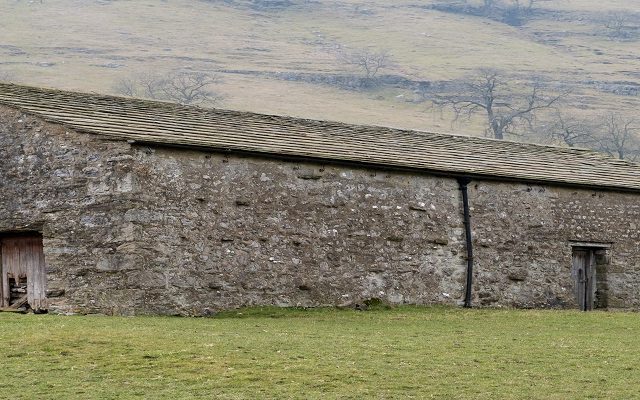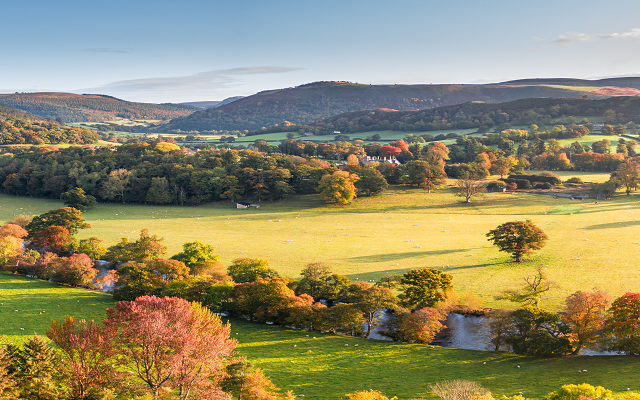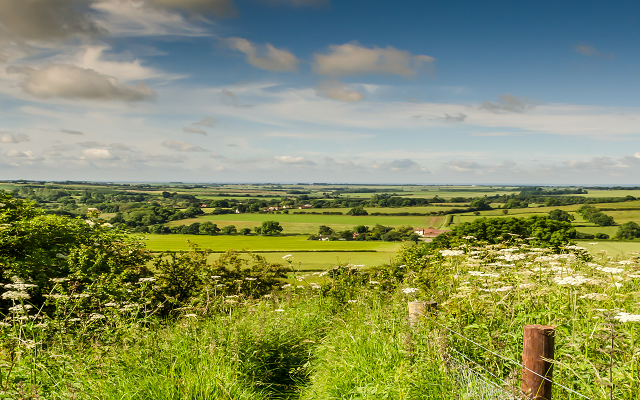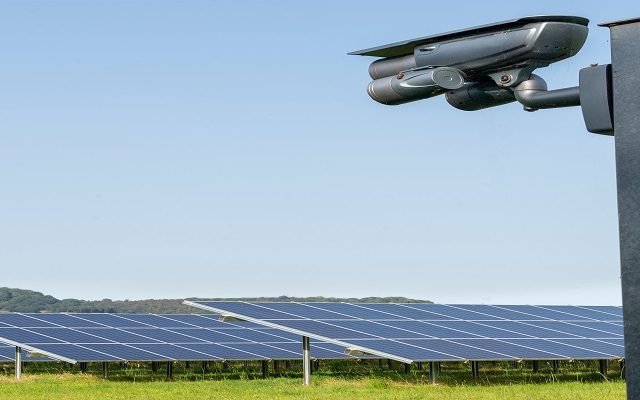Environmental Land Management Scheme (ELMS) – a progress update (Nov 2019)
Farmers have been told over the past two years they must to prepare for a new Environmental Land Management Scheme (ELMS) as the government phases out direct payments. But how close is it to becoming reality?
The government is pushing ahead with plans to introduce a new system of farm support based on rewarding farmers for the provision of environmental services. The new system will come into effect over a number of years – but there are still steps farmers can take to prepare now.
If all goes to plan, it will be 2028 before the Environmental Land Management Scheme (ELMS) is fully in place. Rather than receiving an annual basic payment, farmers will be required to undertake environmental work, over and above any minimum legal requirements, in return for receiving public support.
The idea of creating a new scheme using ‘public money to deliver public goods’ by rewarding farmers to restore and improve the natural environment was first announced in the government’s 25-year environment plan in early 2018.
Among the goals, farmers will be encouraged to improve air and water quality, improve wildlife habitats, enhance the rural landscape and its heritage, mitigate flood risk, use resources more efficiently, reduce waste – and combat climate change.
Take-up and timeline
Defra’s target for ELMS is ambitious. It wants 1,250 farmers and land managers signed up to a national pilot scheme by the end of 2022, with 82,500 farmers enrolled in the full ELMS scheme by the end of 2028 – many more than are currently part of Countryside Stewardship.
‘We think the 2028 target is highly optimistic,’ says Strutt & Parker rural research director Dr Jason Beedell. ‘We feel that 55,000 farmers – which is three times the number of current Countryside Stewardship and Higher Level Scheme agreements – is still ambitious but more realistic.’
The National Audit Office holds a similar view. Rural development programmes under the CAP have been consistently undersubscribed in England, it says, and Defra has not yet done enough to demonstrate that it can achieve the wide-scale participation it envisages.
Details remain scant about how the existing schemes will be phased out and replaced. But the sensible assumption is a straight line reduction in the basic payment received by farmers over the years 2022 to 2028 as ELMS is gradually phased in, suggests Beedell.
‘We know what the government intends to do – but is unclear how it will do it,’ he says.
The big question surrounds funding. The government has pledged that the total amount of public money for agriculture will remain at current levels until the end of the current parliament – possibly until 2022. But it has refused to give a longer commitment.
It says it will set out its payment methodology before March 2020, then publish details of payment rates during summer 2020 – less than a year before farmers are due to start signing-up to the national pilot schemes in 2021.
Critical questions
Many commentators believe Defra has its work cut out to introduce ELMS by 2028, mainly because of its poor record when administering previous changes in farm support, especially when that includes big changes to IT systems.
Introduction of the scheme could also be delayed if the government fails to meet its Brexit timetable – or if there is a change in government. But the direction of travel is clear: all the major political parties – in other words, whoever is in power – expect farmers to deliver more for the environment.
In Scotland, the situation will be slightly different. Agriculture north of the border is more livestock-based than in England and the Scottish government is yet to say it will abolish direct support.
Any new schemes are thus likely to be more farmer-focused, rather than overtly targeting the environment. Beedell says all farmers should take steps to prepare for changes in the way agriculture is supported sooner rather than later, despite there being so many gaps in how ELMS and any other schemes will work.
‘The first thing to do is to make sure your business is as efficient as possible,’ Beedell explains. ‘Making sure you are in the top 25% of best-performing farms will help to insulate your business from any reductions in direct support.
‘The second thing to do is consider joining any existing agri-environment schemes if you aren’t already signed up. Doing so will protect and guarantee that income until any replacement scheme is introduced in future.’
Finally, says Beedell, farmers should consider optimising any income sources from outside mainstream food production. ‘The most successful farms we see are often those that are successfully running diversification businesses too,’ he says.
This article first appeared in the Autumn/Winter 2019 edition of Land Business. To read the full publication visit this page.
Read more about how changes in funding might affect farm profitability in our Farming Funding paper.
For background information about the creation of the Environment Land Management Scheme (ELMS).






